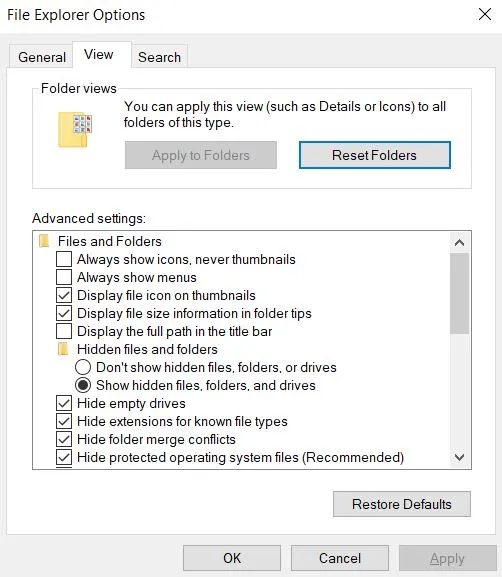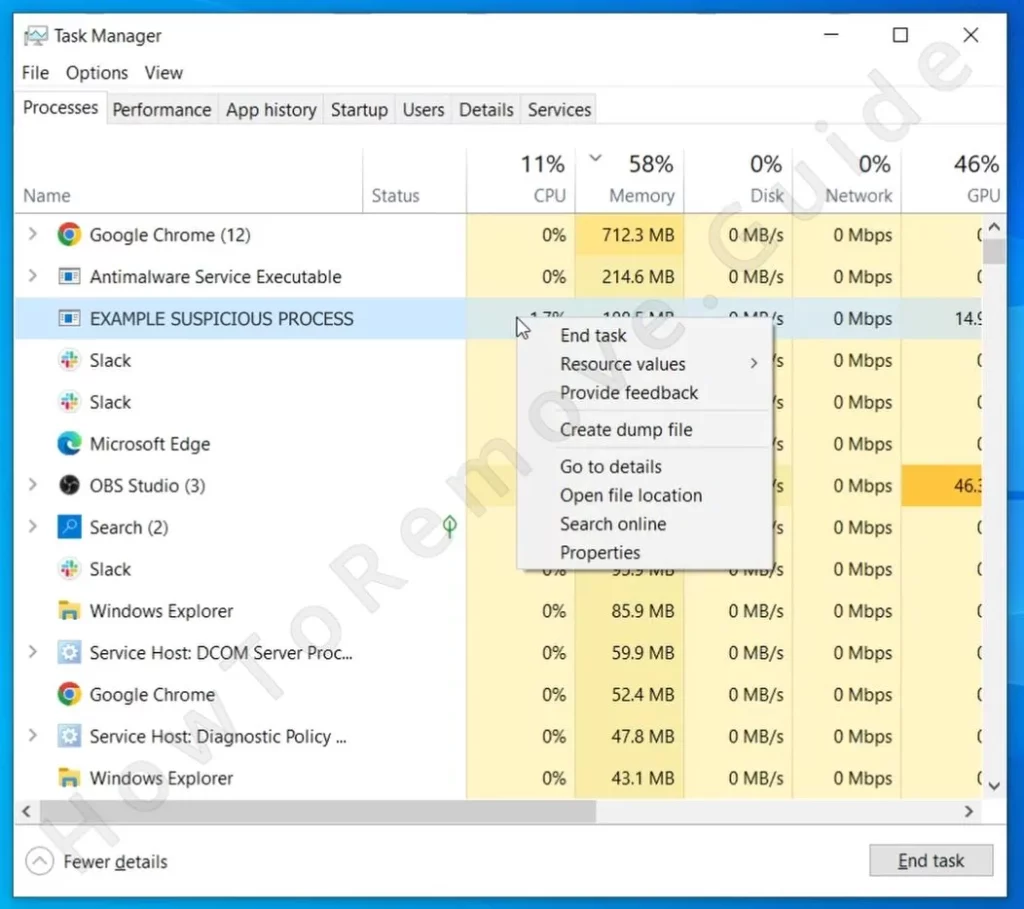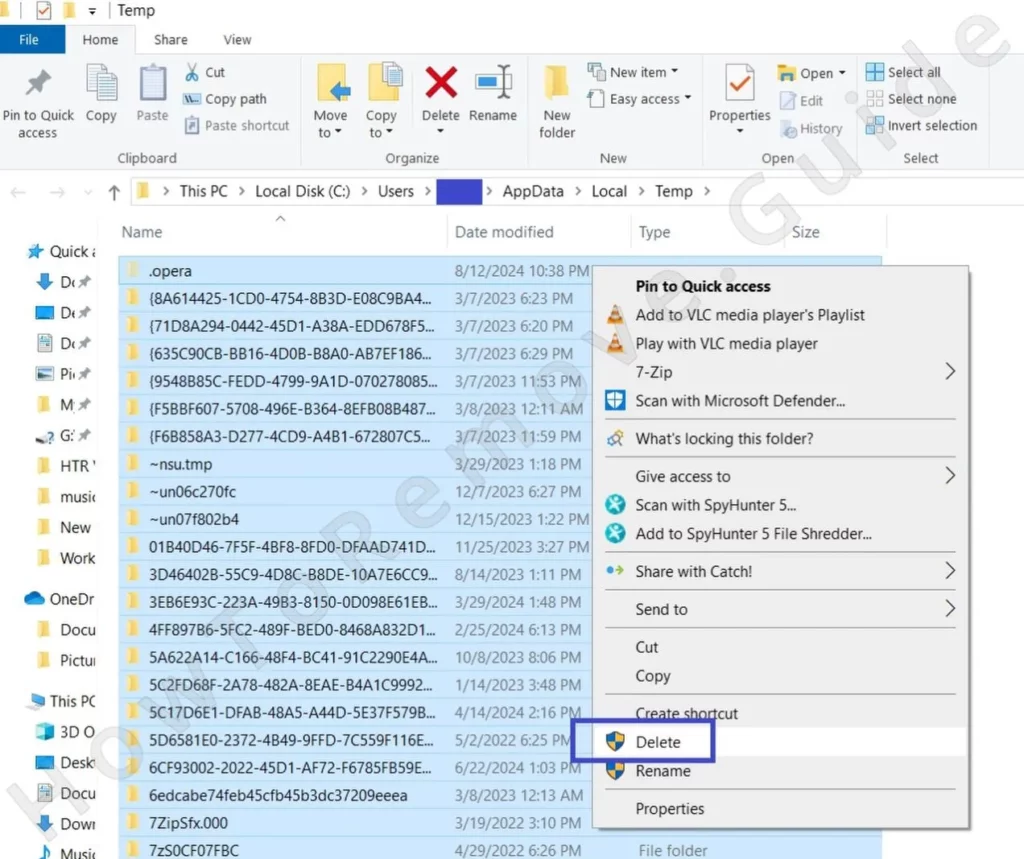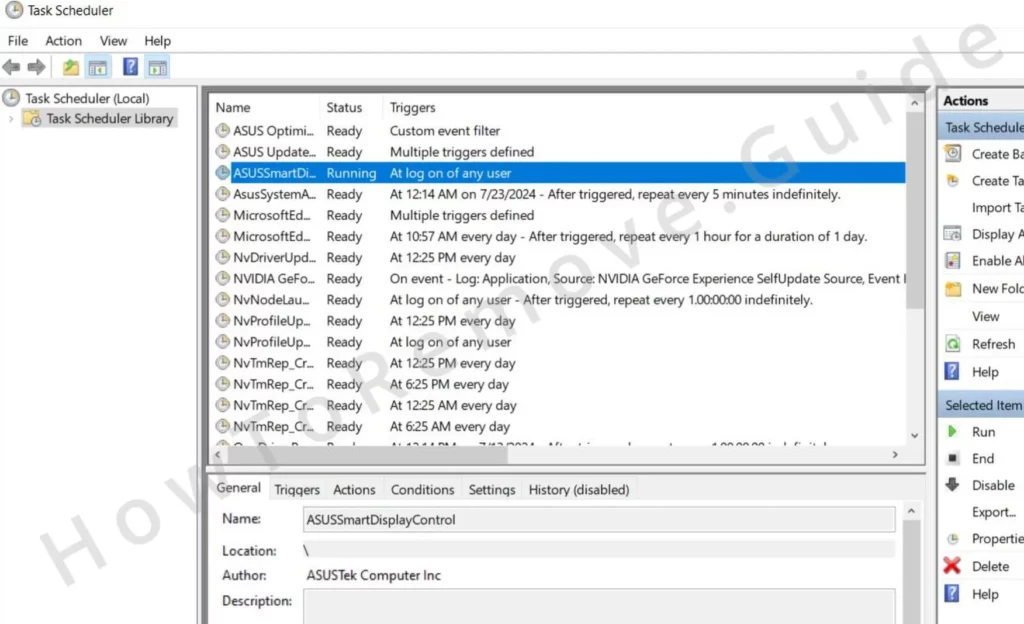If you’ve suddenly noticed a strange new browser called EpiBrowser on your computer and have no idea where it came from, you should read this post. I’ve been seeing more and more reports about this intrusive program, and for good reason – it installs itself without permission, refuses to go away, and hijacks your browser settings.
Once it’s in, it starts redirecting your searches through unfamiliar sites, making it clear that something isn’t right. Some users even spotted it on brand-new PCs, where it would randomly launch when the computer was idle. That kind of behavior is a massive red flag and mirrors what I’ve seen from other sketchy programs like the infamous Altrsik.

Here’s where things get even more suspicious – EpiBrowser, which can also be encountered as EpiStart, barely exists online. No official download page, hardly any search results, and just a shady-looking website filled with obviously fake reviews. If that doesn’t scream “scam,” I don’t know what does.
You can call this a PUP (potentially unwanted program) but I’d argue it’s closer to a Trojan Horse. In either case, it shouldn’t be on your system. That’s why I’ve prepared the next guide, where I break down exactly how to get rid of it before it causes more trouble.
EpiBrowser Removal Tutorial
Let’s start with the low-hanging fruit—the easy steps that could clear out the malware without diving too deep. In some cases, these steps might be all that’s needed to get rid of EpiBrowser. And even if they aren’t enough in your case, they will still serve as a starting point for the more advanced solutions shown below.
- First, head over to your Downloads folder: This PC > Downloads
- Look for anything suspicious, especially files with names that don’t seem familiar. Delete them immediately. Malware often disguises itself as harmless files, so don’t take any chances.
- Then go to the Start Menu > Apps, sort the list by install date, and get rid of any unfamiliar or suspicious recent installs, by clicking their Uninstall buttons.
- Now, check your AppData directory. Open this folder: C:\Users\YourUsername\AppData\Local\Programs
- See anything linked to EpiBrowser? Delete it immediately.
- After that, restart your computer.
Sometimes, a simple reboot can clear out minor infections. If the malware persists, don’t worry – we’re just getting started.
SUMMARY:
Before You Begin: Something to Keep in Mind
Manually removing malware requires some base level of technical experience and also some spare time, because these processes are rarely quick. This fully applies to the EpiBrowser removal guide you’ll find below.
If you don’t think you can perform all the steps or you just don’t have the time to, there’s a great alternative. The SpyHunter 5 tool that’s available on this page is super user-friendly and can make quick work of this Trojan and any other malware that might be present in your system.
How to Remove the EpiBrowser Virus
Before we get into the advanced removal techniques, we need to make sure we can actually see everything EpiBrowser has installed. By default, Windows hides certain files and folders, but you will need to reveal them to successfully complete the next guide:
Search for Folder Options in the Start Menu. Under the View tab, enable Show hidden files and folders, then click Apply.

Some of the malware files might be blocked, so that you can’t delete them. That’s why I strongly recommend that you install LockHunter. It’s a free tool that can delete even the most stubborn files.
Video walkthrough for this step:
Get Rid of EpiBrowser Background Processes
The first place in your system to focus on is the Task Manager, where you must look for EpiBrowser processes that you need to delete along with any files linked to them.
In the case of this Trojan, you are likely to find a process with its exact name, but even if you don’t keep looking for suspicious entries that are using lots of resources as those are likely linked to the malware.
Here’s what you need to do in this step:
- Open Task Manager (
Ctrl + Shift + Esc). - Click More Details to expand the full list of running processes.
- Sort by CPU or Memory Usage – malware often hogs system resources.
- Look for processes linked to EpiBrowser or EpiStart or anything else suspicious and unfamiliar.
If you find something shady, right-click it and select Open File Location. If it leads to an EpiBrowser-related folder, try deleting it. If Windows won’t let you, use LockHunter:
- Right-click the file or folder
- Select What’s Locking It?
- Click Delete

Once you’ve handled the folder, go back to Task Manager, right-click the process, and hit End Task. Now, EpiBrowser is no longer running in the background, so we can move on to wiping out its hidden files.
Video walkthrough for this step:
How to Delete Persistent Files with Lock Hunter

Delete EpiBrowser Virus Files
EpiBrowser has almost certainly created additional files/folders in other places in your system so you must go look for them in several likely locations where malware tends to hide.
Start by looking in these directories:
C:\ProgramData\Microsoft\Windows\Start Menu\Programs\Startup
C:\Users\YourUsername\AppData\Roaming\Microsoft\Windows\Start Menu\Programs\Startup
C:\Users\YourUsername\AppData\Local\Programs
C:\Users\YourUsername\AppData\Roaming\Microsoft\Windows\Start Menu\ProgramsDelete everything related to EpiBrowser—but leave desktop.ini alone.
Now check these folders:
C:\Program Files
C:\Program Files (x86) Malware sometimes pretends to be a legitimate app, so if you see anything unfamiliar that’s not installed by you, delete it.
Now, let’s clean up the Temp folder, where malware loves to hide:
C:\Users\YourUsername\AppData\Local\Temp
Delete everything inside. Then, empty your Recycle Bin to wipe out any remaining traces.
Get Rid of EpiBrowser Scheduled Tasks
One place many users forget to check is the Task Scheduler, where malware often creates scheduled tasks that let it reinstall itself after it’s been removed. Here’s what to do to make sure this doesn’t happen:
To get rid of any scheduled tasks, do this:
- Open Task Scheduler (search for it in the Start Menu) and click Task Scheduler Library.
- Look at each task’s Actions tab – this tells you what files or scripts are being run.
- If you see a task tied to EpiBrowser or a tasks that’s set to run any suspicious files or scripts, note their file paths, delete the respective task, then go to the location and remove the file itself.

If you skip this step, EpiBrowser might reinstall itself the next time you restart.
Video walkthrough for this step:
Uninstall the EpiBrowser Malware App Through the Windows Registry
YOu must now clean the Registry of your PC, but be careful not to delete the wrong thing as this could cause further problems in your system. If you aren’t sure you can handle this yourself, use SpyHunter 5 to take care of it for you. If are okay with manually performing the Registry cleanup, follow these steps:
To get rid of them:
Press Win + R, type regedit, and hit Enter to open the Registry Editor.
Use Ctrl + F to search for “EpiBrowser” and delete every entry you find from the left panel. Run a second search each time ou delete an item to see if there are any more left.
Then also run a search for “Epi Browser” and “EpiStart” and delete any related keys.
Lastly, manually check these keys in the left panel:
HKCU\Software\Microsoft\Windows\CurrentVersion\RunHKCU\Software\Microsoft\Windows\CurrentVersion\RunOnceHKLM\Software\Microsoft\Windows\CurrentVersion\RunHKLM\Software\Microsoft\Windows\CurrentVersion\RunOnceHKLM\Software\Microsoft\Windows\CurrentVersion\Policies\Explorer\RunHKCU\Software\Microsoft\Windows\CurrentVersion\Policies\Explorer\RunHKEY_LOCAL_MACHINE\Software\Microsoft\Windows\CurrentVersion\RunServicesHKEY_LOCAL_MACHINE\Software\Microsoft\Windows\CurrentVersion\RunServicesOnceHKEY_LOCAL_MACHINE\Software\Microsoft\Windows\CurrentVersion\RunOnce\SetupHKEY_LOCAL_MACHINE\SYSTEM\CurrentControlSet\services
Go to each key, check its values in the right panel, and if you find EpiBrowser-related values, delete them, but leave the keys themselves intact.
Video walkthrough for this step:
Final Thoughts: Stay One Step Ahead
You did it. You wiped EpiBrowser off your system. But remember—malware isn’t going away anytime soon.
The best way to protect yourself? Stay informed. Stay cautious. And most importantly, stay in control of your system.

Leave a Comment